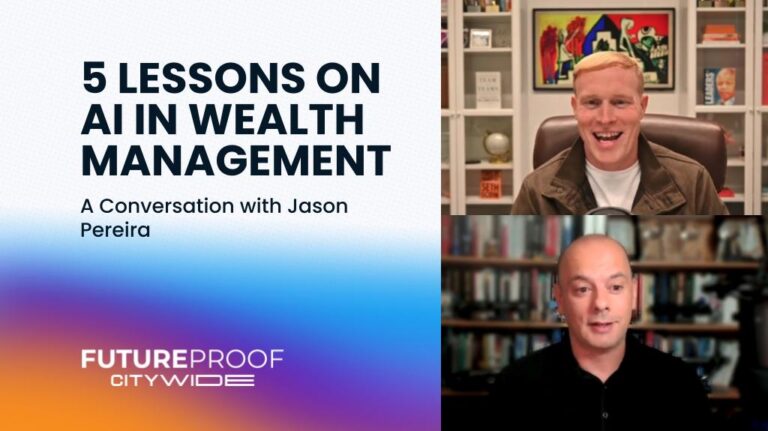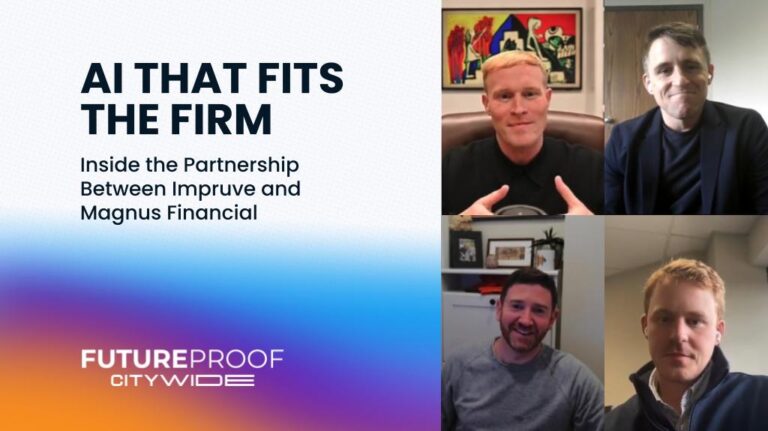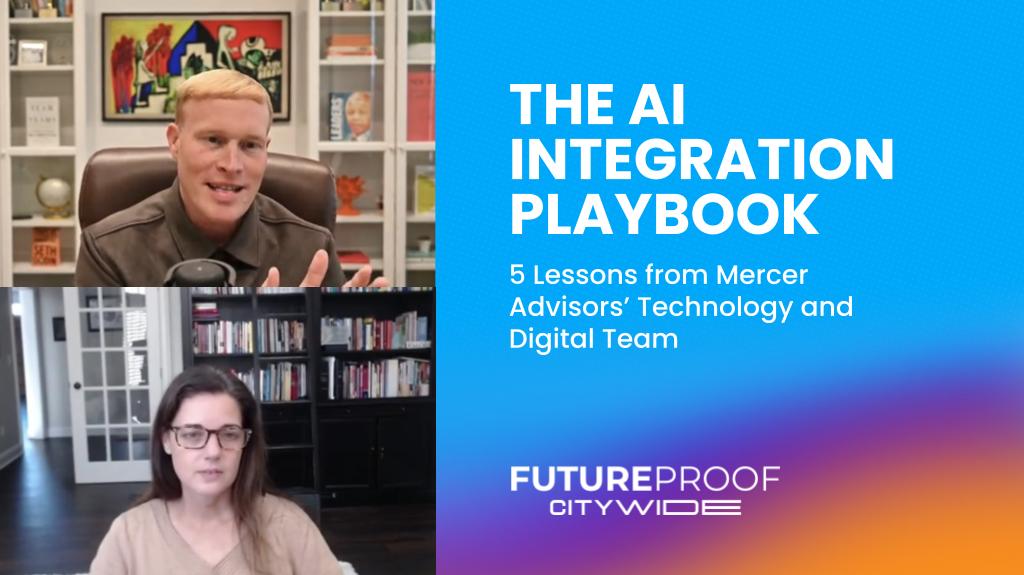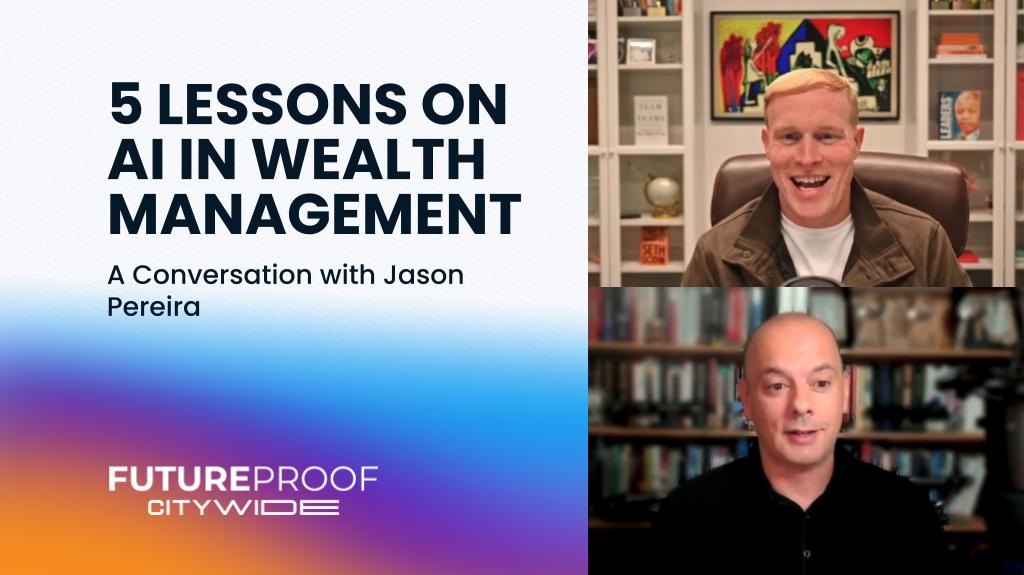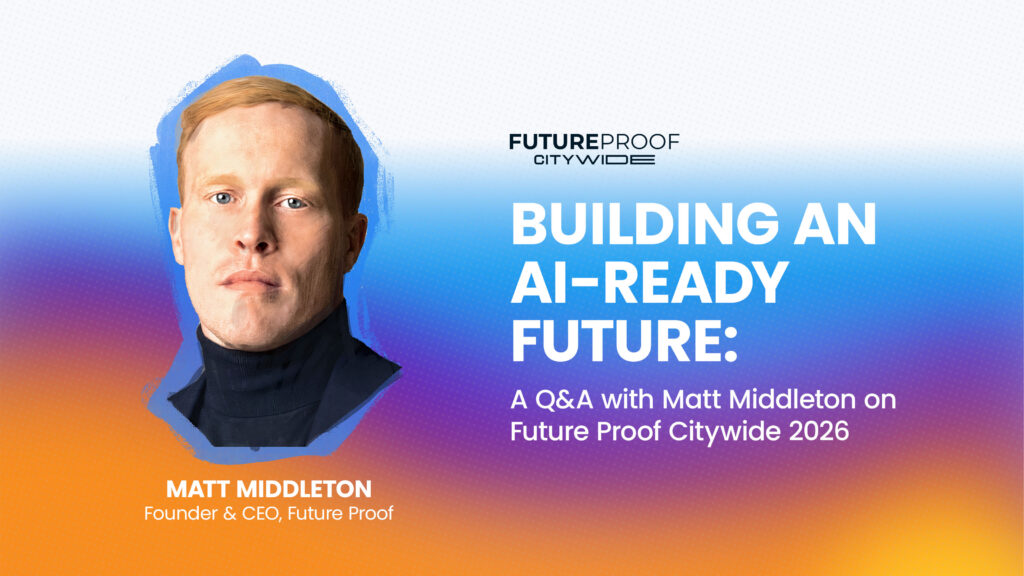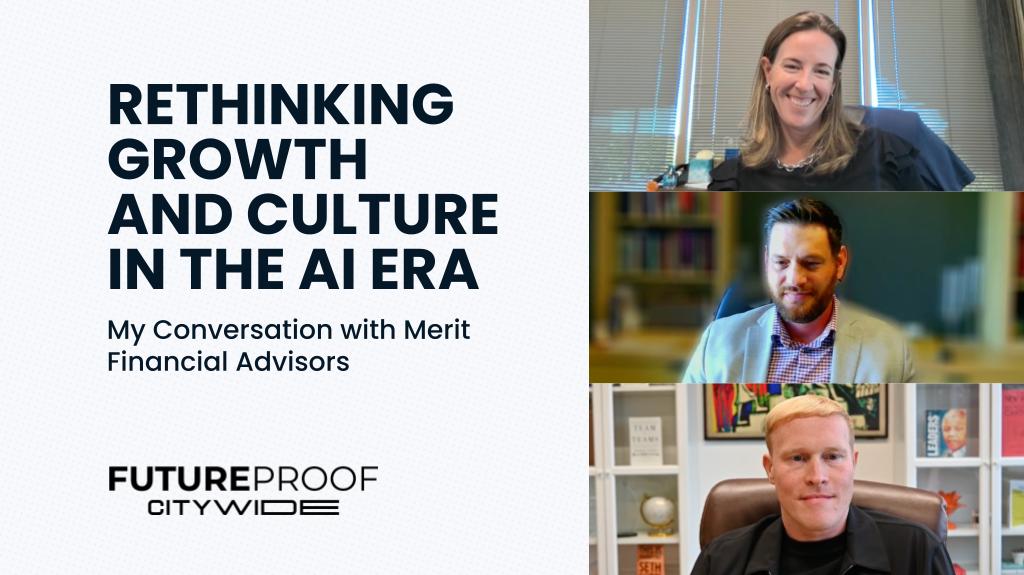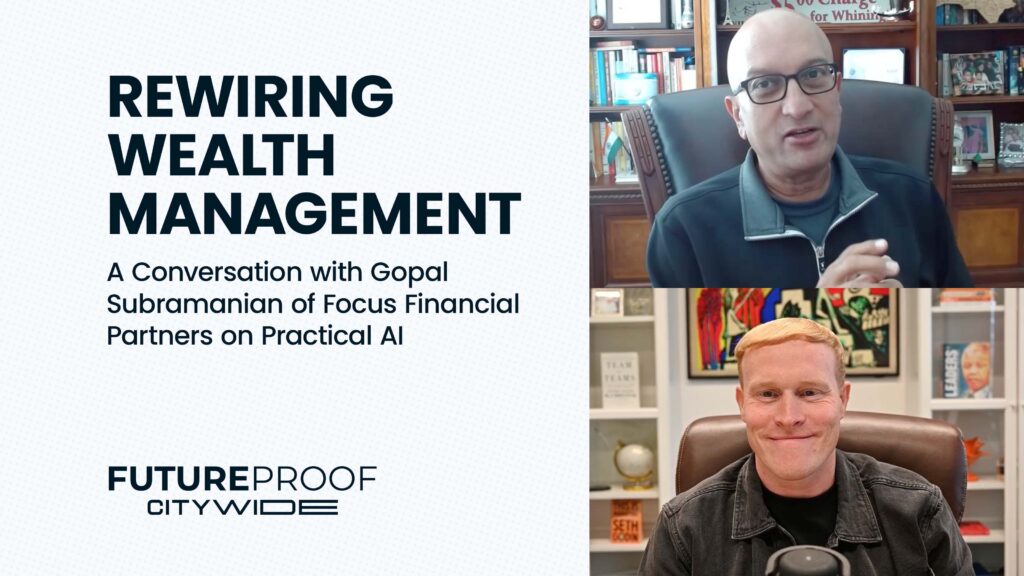For years, conversations about technology in finance revolved around tools and tech stacks – the new CRM, the latest planning software, the next marketing platform.
Today, the themes emerging from those same conversations begin and end with data.
I have these conversations almost daily with advisors, technology builders, investors, and firm leaders who are navigating these changes in real time. What stands out across them is a growing sense of curiosity and an honest recognition that the work ahead is complex. No single firm has every answer, but the future of wealth and asset management will depend on how we explore these questions, and how we approach them collectively as an industry.
Here are three questions that are emerging, questions that reflect how firms are strengthening their foundations, refining their processes, and investing in education as they navigate this new chapter together.
1. Are we building strong foundations?
For a long time, innovation in wealth management meant adding new software on top of what already existed. That approach will no longer be enough.
Mike Casciano, founder and CEO of EVO Wealth Partners, has nearly two decades of experience spanning financial advice, asset management, and fintech. He helps RIAs and asset managers modernize how people, data, and technology work together.
As he put it:
“Don’t start on anything… if you’re really trying to be efficient. Start and own your data, build the infrastructure, build the piping, get a firm to help you do the API integrations and more importantly, the data translation.”
That foundation, understanding where data originates, how it connects, and who is accountable for it, is becoming the defining measure of readiness.
Alec Crawford, founder and CEO of Artificial Intelligence Risk, helps financial institutions identify, measure, and manage the risks associated with AI, from model governance to regulatory compliance and data integrity, explained:
“So if you have your own proprietary data around calls and meetings and your customers and AUM and allocation and what people are trying to do, that’s awesome. Cause you can use that with AI to do all kinds of different things. If you’re giving all that away, to third-party providers on SaaS platforms, what’s going to happen? They’re going to be selling you that data back next year, right? As opposed to you owning that data. And I think that’s something that’s, it’s hard to wrap your head around right now, but if there’s anything all the AI experts can agree on, it’s that. The value is going to be in the data.”
Firms that treat data architecture as a long-term investment, not an afterthought, are building the foundations that will define readiness and resilience in the years ahead.
2. Are our processes ready for what’s next?
With solid foundations in place, the next challenge is turning data into something that drives growth.
Max Klein, Co-founder and CEO of LEA, has spent his career helping organizations make better use of their data. Before starting LEA, he spent seven years at Amazon, where he worked on data pipelines and APIs for Alexa’s voice recognition system and helped build a customer data platform for Amazon Prime.
At LEA, Max and his team help wealth management firms connect fragmented systems and bring structure to their client data so it can be used effectively across compliance, growth, and client experience.
As he explained:
“If you do a job once and you, let’s say, use our solution to compile a certain set of data, you can use that data across different contexts. Like if you gather data for client agreements that includes names or advisor names or sign dates or fee schedules, you can use that for compliance. You can use that for organic growth. You can use that for future growth strategies.”
His point reflects what many leaders are realizing: efficiency alone isn’t the goal. Processes must create flexibility, so that data can flow across systems, insights can surface across teams, and firms can translate efficiency into opportunity.
Alec Crawford added that how firms use that efficiency is often the real differentiator:
“It really goes back to change management and strategy and values, making sure that the advisors are aligned and that AI is aligned with that. If your strategy is to grow the next generation of clients, AI might be part of that process. The challenge is, when management says ‘We’ll be 37% more efficient,’ some advisors think, ‘I can serve 37% more clients,’ and others think, ‘I can play 37% more golf.’”
The insight is clear: technology may create capacity, but leadership and process determine how that capacity is used.
3. Are we building the education to adapt?
Even with strong foundations and better processes, readiness depends on people, and their ability to learn, test, and adapt as the technology evolves.
Drew Keever, Co-founder and COO of AdvisorFinder, focuses on growth and operations, guiding the platform as it applies AI to improve how clients and advisors connect. His work centers on creating systems that make the process of finding financial guidance more transparent and data-driven.
When we spoke, he reframed how firms should think about adoption:
“AI is not really just a tool purchase. It’s more of a knowledge investment. And we at AdvisorFinder don’t just buy AI tools and hand them to our team. We invest time in learning how they work. And we feel like by investing our time in understanding them, that knowledge compounds.”
He also offered a reminder that experimentation requires resilience:
“Obviously AI can hallucinate, it can go off the rails at times. You need to be prepared for those, that inevitability that at some point, if you build an AI workflow, something’s gonna go wrong and you need to have a way to fix that error quickly and also identify the error in the first place.”
Firms that foster this kind of curiosity, and give their teams space to learn through experimentation, are building the culture that true readiness requires. Education is becoming the engine of sustainable innovation.
Looking Ahead
Each of these questions, about foundations, processes, and education, reflects how the industry is evolving. Progress is happening step by step, through firms that are strengthening their infrastructure, refining their processes for growth, and equipping their people to learn and adapt.
At Future Proof Citywide (March 8-11, 2026, Miami Beach, FL), our goal is to create the space where these ideas can evolve, where insights can be shared, challenged, and built upon. The future of wealth and asset management won’t be defined by any single firm, but by an industry learning together, one foundation, one process, and one conversation at a time.
Join the community that’s defining the next era of wealth and asset management, and be part of the conversation driving it forward. Register now.
Author
Matt Middleton
Founder & CEO, Future Proof
Matt Middleton is the founder and CEO of Future Proof, the company behind the world’s largest AI-native finance event, Future Proof Citywide. He leads the vision for building community-driven experiences that connect the most forward-thinking investors, advisors, technologists, and creators redefining financial services.
Disclaimer: This article was written by me … with the help of AI (ChatGPT 5 to be specific). If we’re building an event about how AI is transforming finance, we’d be hypocrites not to use it ourselves. At Future Proof, we’re testing and deploying AI at every stage of the business: from how we research and write, to how we design, plan, and deliver events. Consider this both an experiment and a preview of what’s to come.



